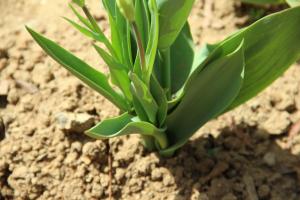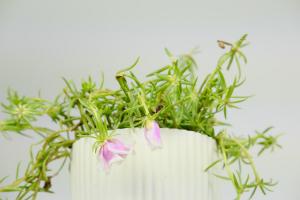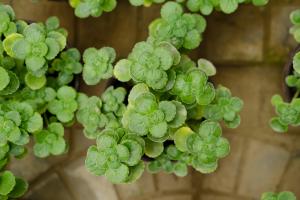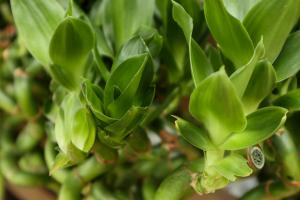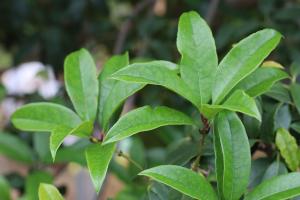How Deep to Plant a Bare Root Tree
Planting a bare root tree can be an exciting and rewarding experience. However, it is important to plant the tree correctly in order to ensure its survival and healthy growth. One of the most important aspects of planting a bare root tree is knowing how deep to plant it.
The Depth of the Hole
The first step in determining the depth to plant a bare root tree is to prepare the hole. The hole should be dug wider than the root ball of the tree, and deep enough to accommodate the roots without them being crowded or bent. It is generally recommended to dig a hole that is at least twice as wide as the root ball of the tree, and deep enough so that the graft union or the point at which the roots meet the trunk of the tree is slightly above ground level.
Avoid Planting Too Deep
Planting a bare root tree too deep is one of the most common mistakes made by gardeners. When the tree is planted too deep, the trunk can become covered in soil, which can lead to rotting, disease, and other problems. In addition, planting too deep can also affect the growth and development of the tree, as the roots may not be able to obtain sufficient oxygen or nutrients.
Avoid Planting Too Shallow
On the other hand, planting a bare root tree too shallow can also be problematic. When the tree is planted too shallow, the roots may not be covered enough, which can lead to the roots drying out and becoming damaged. In addition, planting too shallow may also lead to instability and vulnerability to strong winds or other weather conditions.
The Right Depth to Plant a Bare Root Tree
The right depth to plant a bare root tree is generally at the level of the graft union or slightly above ground level. This will ensure that the roots are covered adequately, and the trunk is not buried in the soil. In addition, it is important to ensure that the tree is not planted on a slope, as this can cause the roots to become exposed or the tree to become unstable.
Additional Tips for Planting a Bare Root Tree
Here are some additional tips for planting a bare root tree:
Before planting, soak the root system in a bucket of water for a few hours to rehydrate the roots and prevent them from becoming damaged.
After planting, water the tree thoroughly to help settle the soil around the root system.
Add a layer of mulch around the base of the tree to retain moisture and prevent weed growth.
Stake the tree if necessary to prevent it from tilting or becoming damaged by strong winds.
Regularly check the tree for signs of disease or pests, and take appropriate action if necessary.
Following these tips and properly planting a bare root tree will not only ensure its survival, but also promote healthy growth and long-term benefits for your garden or landscape.

 how many times do yo...
how many times do yo... how many planted tre...
how many planted tre... how many pine trees ...
how many pine trees ... how many pecan trees...
how many pecan trees... how many plants comp...
how many plants comp... how many plants can ...
how many plants can ... how many plants and ...
how many plants and ... how many pepper plan...
how many pepper plan...